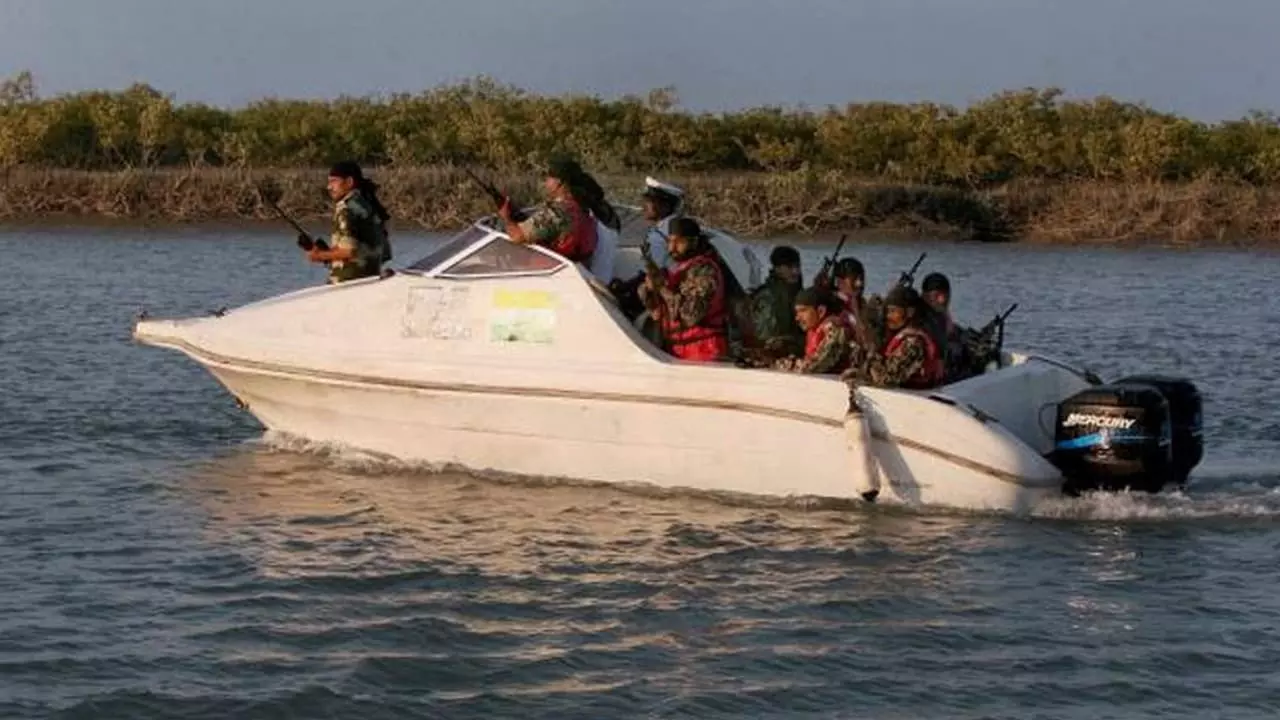Fishing Permit – Your Quick Guide to Applying in India
If you love casting a line in a river or lake, the first thing you need is a valid fishing permit. Without it, you could face fines, lose your gear, or even get banned from the spot. This guide walks you through everything you need to know, from why the permit matters to the exact steps to apply.
Why You Need a Fishing Permit
Fishing permits help the government manage fish stocks and protect ecosystems. Each state sets its own limits on species, seasons, and catch sizes. By getting a permit, you show respect for those rules and support sustainable fishing. It also gives you legal backing if you’re asked to show proof while out on the water.
Most states require a separate permit for freshwater and marine fishing. Some also have special permits for protected areas like wildlife sanctuaries. Ignoring these requirements can lead to hefty penalties, so it’s better to be prepared.
Step‑by‑Step Application Process
1. Check Your State’s Requirements – Visit the fisheries department website of the state where you plan to fish. Look for the list of eligible fish species, seasonal windows, and any age restrictions.
2. Gather Required Documents – Typically you’ll need a proof of residence (like a utility bill), a valid ID (Aadhaar or passport), and a recent passport‑size photograph. Some states also ask for a medical fitness certificate if you’re applying for a commercial permit.
3. Choose Permit Type – Decide whether you need a recreational permit (for hobby fishing) or a commercial permit (if you sell your catch). Prices differ; a recreational permit usually costs between INR 200‑500 per year.
4. Fill Out the Online Form – Most states now offer an online portal. Enter your personal details, upload the documents, and select the fishing zones you’ll use.
5. Pay the Fee – Payment is accepted through net banking, credit/debit cards, or UPI. Keep the receipt; you’ll need it when you collect the physical permit.
6. Verification & Approval – The department may verify your address or ask for additional info. This step usually takes 3‑7 business days.
7. Collect Your Permit – Some states email a digital permit that you can print, while others require you to pick up a laminated card from the fisheries office.
Once you have the permit, carry it whenever you fish. It’s also a good habit to note the date, location, and catch in a small notebook for future reference.
Here are a few quick tips to keep your fishing trips smooth:
- Check the latest fishing advisories before heading out – rules can change with the season.
- Make sure your equipment (hooks, lines, nets) complies with local regulations.
- If you’re fishing in a protected area, consider hiring a local guide who knows the dos and don’ts.
- Always practice catch‑and‑release for endangered species.
Getting a fishing permit is a simple process once you know the steps. It’s worth the effort for a legal, worry‑free day on the water. So grab your rod, get that permit, and enjoy the calm that comes with a well‑planned fishing trip.
BSF permits fishing on Indian side of Padma from today?
Great news for our local fishermen - the Border Security Force (BSF) has given the green light for fishing on the Indian side of the Padma river, starting today. This decision comes as a huge relief for our fishing community who greatly rely on this for their livelihood. The restrictions were initially imposed due to security reasons. As I understand, the permission was granted after a thorough security assessment. So, grab your fishing rods and let's support our local fishermen, their fresh catches are back on the market!
Read more